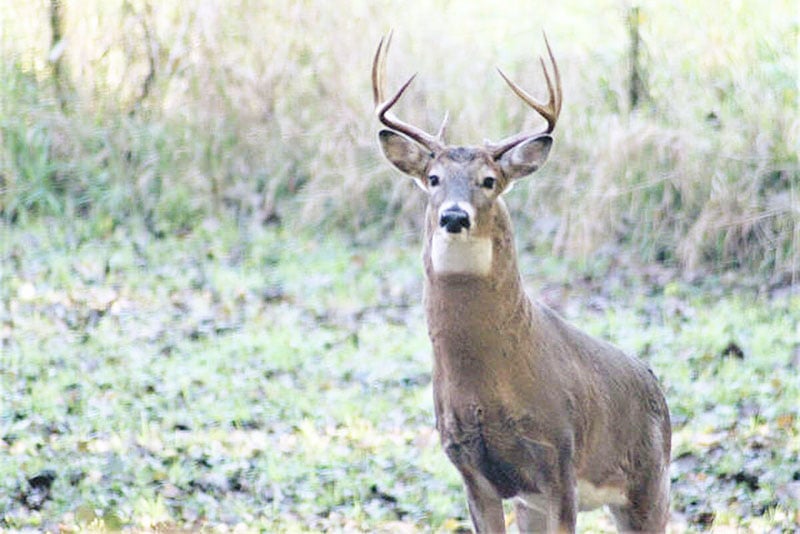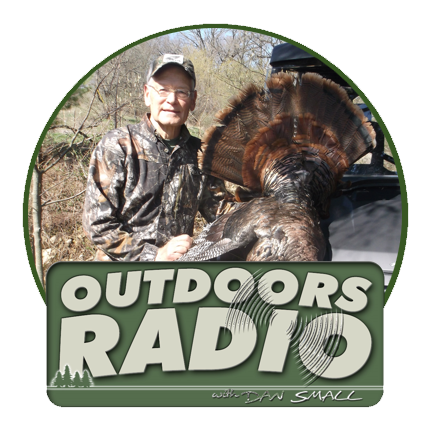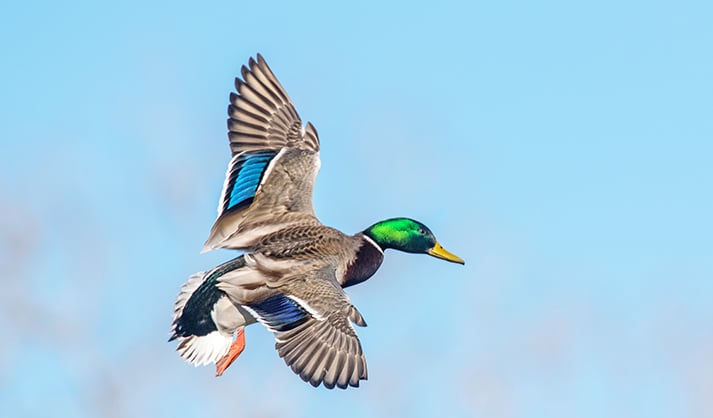Wisconsin DNR confirms first case of CWD in wild deer from Jackson County – Outdoor News

Madison, Wis. — The Wisconsin Department of Natural Resources announced on Nov. 30 that it has confirmed the first positive test result for chronic wasting disease (CWD) in a wild deer in Jackson County. The deer was harvested in the town of Garfield and is within 10 miles of the Eau Claire and Trempealeau county borders.
The detection will cause the following:
- Jackson County will renew the baiting and feeding ban already in place.
- Eau Claire and Trempealeau counties currently have 3-year baiting and feeding bans in place from positive detections within the county, so this detection will not impact those counties.
The deer was a hunter-harvested 2-year-old buck and is the first confirmed wild CWD-positive deer detected in Jackson County.
The DNR and the Jackson County Deer Advisory Council are planning on hosting a public meeting, with a date and location yet to be determined. More details will be provided in the future. At the meeting, DNR staff will provide information about CWD in Wisconsin and local testing efforts within Jackson County.
RELATED STORIES FROM OUTDOOR NEWS:
Wisconsin DNR confirms CWD positive wild deer in Trempealeau County, a border county with Minnesota
Commentary: Wisconsin legislature sits indifferent as CWD infects 60% of counties
State law requires that the DNR enact a three-year baiting and feeding ban in counties where CWD has been detected, as well as a two-year ban in adjoining counties within 10 miles of a CWD detection. If additional CWD cases are found during the lifetime of a baiting and feeding ban, the ban will renew for an additional two or three years.
The DNR also reminds the public that it is illegal to hunt over an area previously used for legal baiting and feeding until that area is completely free of bait or feed for 10 consecutive days.
Baiting or feeding deer encourages them to congregate unnaturally around a shared food source where infected deer can spread CWD through direct contact with healthy deer or indirectly by leaving behind infectious prions in their saliva, blood, feces and urine.
More information regarding baiting and feeding regulations is available on the DNR’s Baiting and Feeding webpage.
Hunters asked to help
The DNR asks deer hunters in Jackson, Eau Claire and Trempealeau counties to help with efforts to identify where CWD occurs on the landscape by having their deer tested for the disease. The collection of CWD samples is essential for assessing the presence of CWD in the deer population across the state.
In addition to submitting samples for CWD testing, hunters are also encouraged to properly dispose of deer carcass waste by locating a designated dumpster, transfer station or landfill location. Proper carcass disposal helps slow the spread of CWD by removing potentially infected deer carcasses from the landscape. A map of CWD sampling and carcass disposal locations is available on the DNR’s CWD sampling webpage.
CWD is a fatal, infectious nervous system disease of deer, moose, elk and reindeer/caribou. It belongs to the family of diseases known as transmissible spongiform encephalopathies (TSEs) or prion diseases. The DNR began monitoring the state’s wild white-tailed deer population for CWD in 1999. The first positives were found in 2002.
More general information about CWD can be found on the DNR’s CWD webpage.






